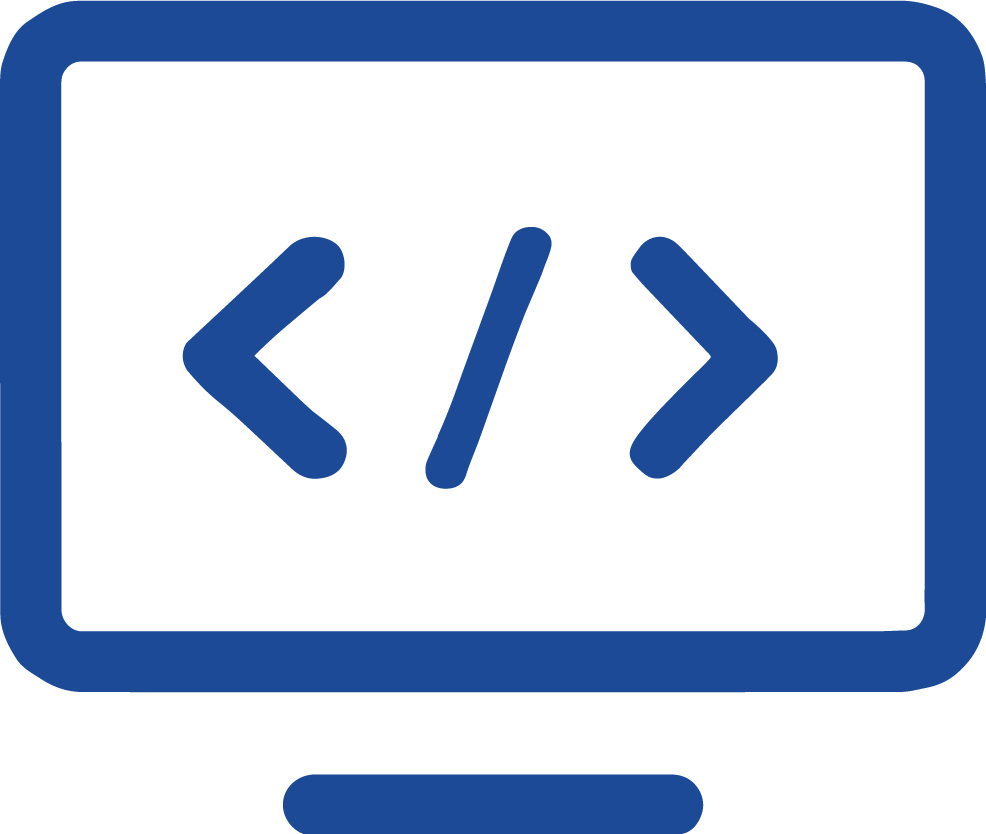Human societies have always lived with periodic epidemics and pandemics. Predicting how an outbreak may progress and spread is becoming essential to mitigate its effects, not only on population health and life expectancy, but also the societal upheaval and economic disruptions that come with it.
The field of epidemiology is therefore central, and since the beginning of the 20th century mathematical modeling techniques have increasingly played an important role in understanding the dynamics of the spread of diseases.
By extending the epidemiological SIR (Susceptible, Infectious, Recovered) model, the authors have developed an economic-epidemiological model with additional equations to represent quarantine measures where heterogeneous individuals are susceptible to being infected by a virus.
The resulting dynamic nonlinear optimization model is solved with Artelys Knitro. Thanks to its efficient interior-point method and its multi-start option, Artelys Knitro allows the authors to conduct an extensive analysis on the evolution of Covid-19 first wave in Germany.
Start with a tutorial!
You’re not familiar with nonlinear optimization? This tutorial will present some examples of nonlinear problems for various applications. You will discover nonlinear programming methods using the Artelys Knitro solver in a Python notebook, through different examples.
Free trial
Get your trial license to test Artelys Knitro’s performances on your own mathematical optimization problem. The trial package includes free support and maintenance. You can have access to Artelys Knitro for free with a 1-month unlimited version or a 6-month limited version.
Artelys Knitro has unmatched performance

Best Nonlinear Solver
Artelys Knitro has been ranked every year by public benchmarks consistently showing Artelys Knitro finds both feasible and proven optimal solutions faster than competing solvers.

Technical support
The Artelys technical support team comprises Artelys’consultants (PhD-level) who are used to solving the most difficult problems and deploying enterprise-wide optimization solutions. They can advise on algorithmic or software features that may result in enhanced performance in your usage of Artelys Knitro.

Updates and new features
The development team works continuously to provide two releases of Artelys Knitro every year. Based on feedback, we always improve our solver to meet users’ requirements and need to solve larger models faster.
© ARTELYS • All rights reserved • Legal mentions